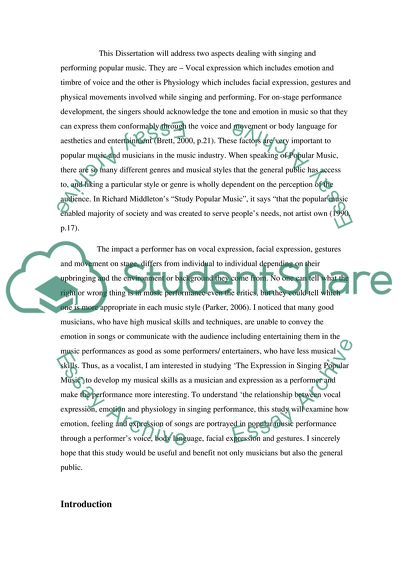Cite this document
(Vocal Expression through Emotion and Physical Movement Research Proposal, n.d.)
Vocal Expression through Emotion and Physical Movement Research Proposal. https://studentshare.org/music/1708712-project-plan-singing-popular-music-vocal-expression-through-emotion-physical-movement
Vocal Expression through Emotion and Physical Movement Research Proposal. https://studentshare.org/music/1708712-project-plan-singing-popular-music-vocal-expression-through-emotion-physical-movement
(Vocal Expression through Emotion and Physical Movement Research Proposal)
Vocal Expression through Emotion and Physical Movement Research Proposal. https://studentshare.org/music/1708712-project-plan-singing-popular-music-vocal-expression-through-emotion-physical-movement.
Vocal Expression through Emotion and Physical Movement Research Proposal. https://studentshare.org/music/1708712-project-plan-singing-popular-music-vocal-expression-through-emotion-physical-movement.
“Vocal Expression through Emotion and Physical Movement Research Proposal”. https://studentshare.org/music/1708712-project-plan-singing-popular-music-vocal-expression-through-emotion-physical-movement.


